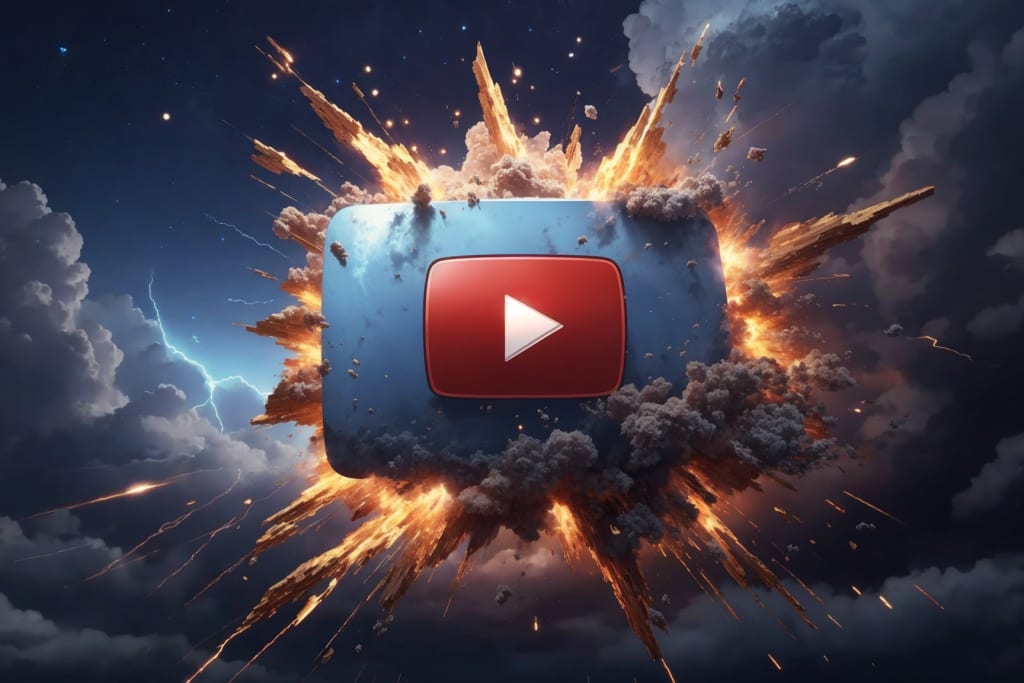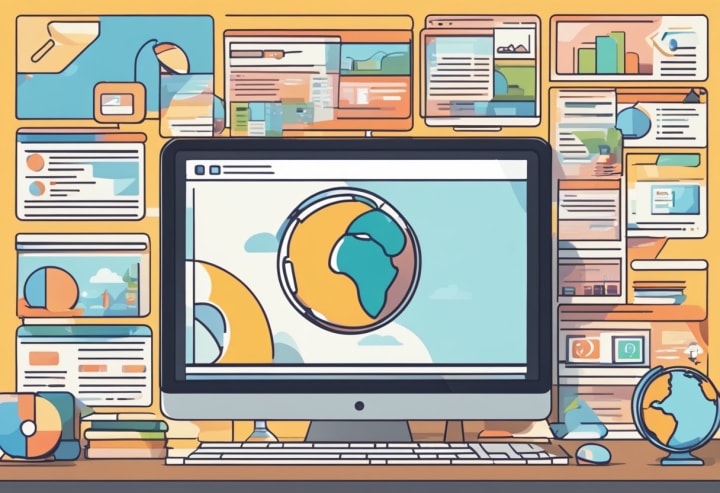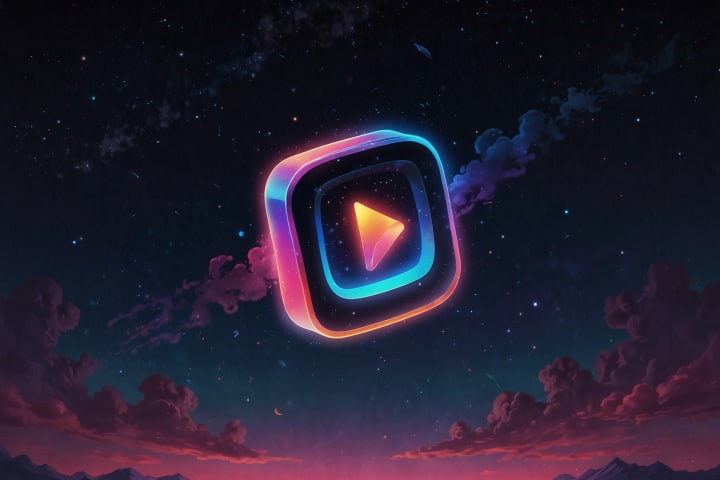The Evolution of YouTube: From Video Clips to Global Media Giant
Trace YouTube's journey from a simple video-sharing site to a global media powerhouse. Discover key milestones, innovative features, and how it transformed online content consumption and creator culture.

YouTube has transformed from a simple video-sharing website into a global media platform that influences millions daily. This shift didn't happen overnight; it took years of innovation and adaptation.

Starting in 2005, YouTube was designed by three ex-PayPal employees as a space where users could upload and share videos easily. Today, it stands as a giant in the digital world, offering not just user-generated content, but also music, TV shows, and even live streams.
By 2006, YouTube had become so influential that Google acquired it for $1.65 billion. This acquisition marked the beginning of YouTube’s journey from a niche platform to a dominant force in global media, making it a hub for creators and businesses alike. If you’re curious about how a simple idea turned into a powerhouse that redefined modern media, you're in the right place.
Rise of a Video Sharing Giant

YouTube's journey from a simple video-sharing platform to a global media powerhouse is marked by innovative vision, a major acquisition, and exponential growth. Explore the key milestones that shaped this transformation.
Founding Vision and YouTube’s First Steps
YouTube was founded in February 2005 by three former PayPal employees: Chad Hurley, Steve Chen, and Jawed Karim. Their goal was to create an easy way for people to share videos online. The first video ever uploaded was by Jawed Karim, titled "Me at the Zoo", showcasing a simple visit to the zoo.
Initially, YouTube's headquarters were in San Bruno, California. Within just a few months, the platform saw rapid growth as users found it user-friendly for uploading and sharing videos. This early success laid the foundation for what would become a media giant.
Google’s Game-Changing Acquisition
In November 2006, just over a year after its launch, YouTube was acquired by Google for $1.65 billion in stock. This acquisition was a game-changer, providing YouTube with the resources and infrastructure needed to handle its rapid growth. It also positioned YouTube to benefit from Google's search and advertising expertise.
With Google's backing, YouTube enhanced its technology, improved video quality, and expanded its user base globally. This move helped solidify YouTube’s place as the go-to platform for video content.
Explosive Growth and Mainstream Appeal
Post-acquisition, YouTube experienced explosive growth. By integrating features like high-definition video, live streaming, and monetization options such as ads, YouTube attracted a broad range of content creators and viewers. The platform became a hub for everything from vlogs to tutorials to music videos, catering to diverse interests.
YouTube's ability to offer user-generated content alongside professional media made it appealing to both individual creators and large media companies. Today, it’s not just a video-sharing site; it's a cultural phenomenon influencing how you consume media, connect with others, and even create a living.
Monetization, Creators, and Cultural Influence

YouTube's journey has greatly impacted how creators monetize their work, the rise of professional content, and the platform's cultural significance. By understanding these areas, you can see how YouTube has shaped modern media and society.
Evolving Revenue Streams and the Partner Program
Monetization on YouTube started with basic ads but has evolved into multiple revenue streams. The Partner Program was a game-changer, allowing content creators to share in ad revenue. You can earn money through ads displayed on your videos, YouTube Premium subscriptions, and super chats during live streams.
More recently, YouTube introduced memberships and merchandise shelves. These options help creators diversify their income. Brand deals and YouTube marketing services also play a significant role. For example, influencers often partner with companies to promote products, driving further monetization opportunities.
Understanding different income sources can help you maximize your earnings on YouTube.
From Amateur Videos to Professional Content
YouTube began as a platform for home videos and amateur clips. Today, it hosts a mix of professional content, from music videos to full-length movies. As YouTube's popularity grew, so did the quality of content.
Creators like PewDiePie turned YouTube into a full-time career. They invested in better equipment and production values, raising the bar for content quality. YouTube itself supports this trend with initiatives like YouTube Spaces, offering creators access to high-end studios.
Subscribers expect high-quality content, and successful creators meet these expectations, blending creativity with professionalism to attract millions of viewers.
Viral Phenomena and Societal Impact
YouTube's reach has made it a hotspot for viral content. Videos like "Charlie Bit My Finger" or the ALS Ice Bucket Challenge spread quickly, influencing culture and sparking global trends. These viral hits often lead to challenges, tutorials, or reactions that keep viewers engaged.
Creators have also used this influence for social change, promoting causes or raising awareness. YouTube's platform helps spread important messages, from environmental issues to social justice movements.
The cultural impact of YouTube is undeniable. It shapes public opinion and influences what people talk about, proving the power of digital media in today’s society.
About the Creator
James Hill
James Hill is a digital marketer that loves sharing tips & tricks for how to grow online across all platforms.
Enjoyed the story? Support the Creator.
Subscribe for free to receive all their stories in your feed. You could also pledge your support or give them a one-off tip, letting them know you appreciate their work.






Comments
There are no comments for this story
Be the first to respond and start the conversation.